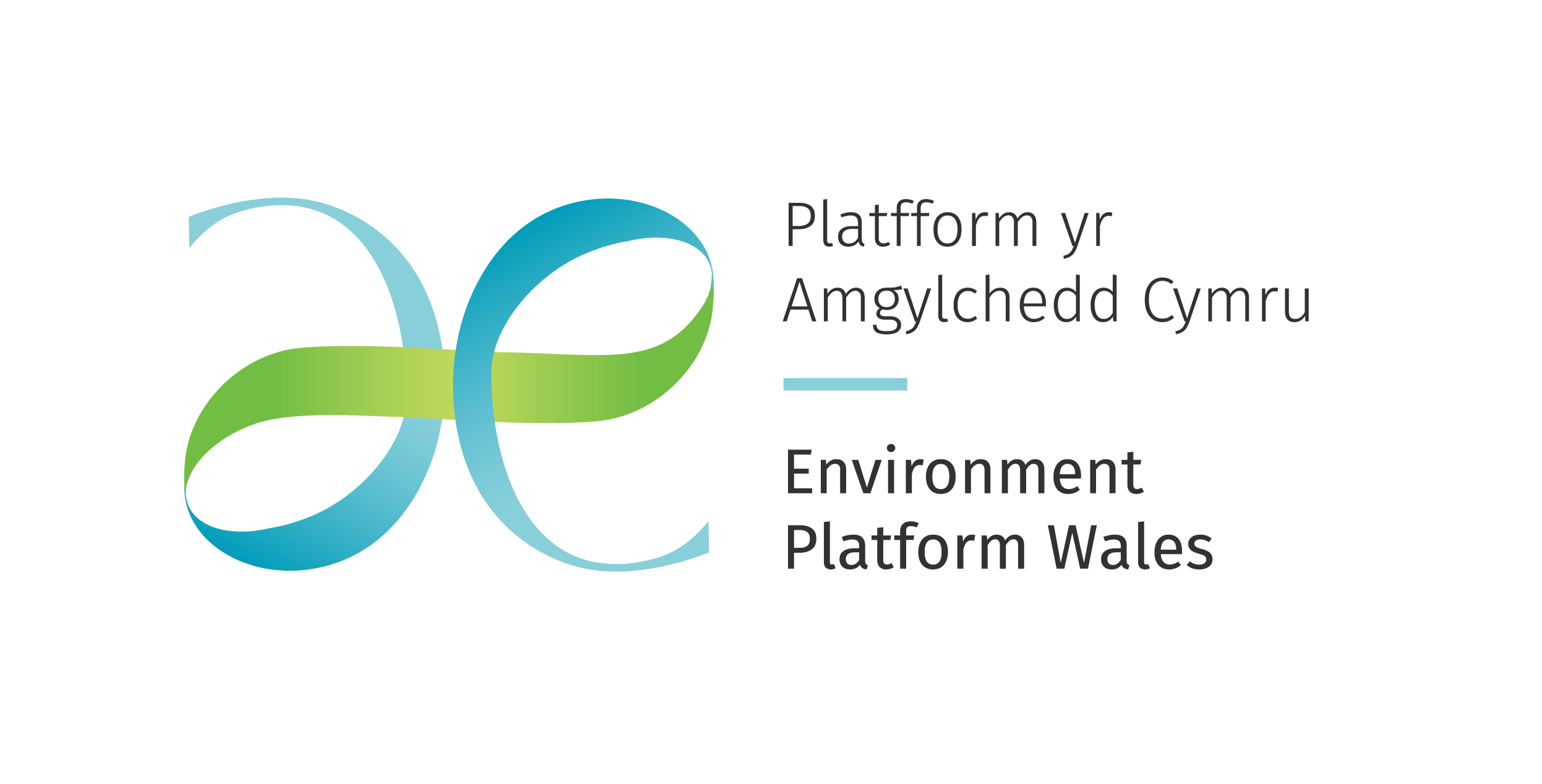
Os ydych chi’n ceisio cyflwyno pwnc traethawd hir sy’n cael effaith, gyda pherthnasedd uniongyrchol i lunwyr polisi amgylcheddol neu, yn syml yn chwilio am ysbrydoliaeth ar gyfer eich prosiect blwyddyn olaf, gallwch chwilio am syniadau isod.
Gallwch chwilio’r cwestiynau ymchwil sydd wedi’u cyflwyno’n uniongyrchol atom, neu bori casgliadau eraill o syniadau ymchwil gan sefydliadau partner fel Cyfoeth Naturiol Cymru a Hinsawdd Cymru. Rydym yn dal i ychwanegu allweddeiriau perthnasol at y data, felly rhowch gynnig ar derm chwilio gwahanol os nad oes dim yn codi neu cysylltwch â ni i gael cymorth wrth chwilio’r gronfa ddata.
Os dewch o hyd i gwestiwn perthnasol ac yn penderfynu mynd i’r afael ag ef trwy eich traethawd hir, byddem wrth ein bodd yn gwybod amdano. Llenwch y ffurflen sydd i’w chael yma.
[Enter keyword and press ‘search’ or the return key]
.
What is the long term impact of planting trees on shallow peats and or organo-mineral soils on carbon storage and sequestration in soil and vegetation?
Summary of the Research Question / Evidence Need:
Planting trees on deep peat soils is thought to lead to significant loss of soil carbon, but the effect on soil carbon of planting on grasslands over organo-mineral soils, including peats of up to 50 cm, and in particular the overall carbon balance in the long term, is less well understood.
Keywords (discipline, other): Semi-natural grassland
Land use and soil
Climate change
Website/URL links: https://naturalresources.wales/evidence-and-data/research-and-reports/state-of-natural-resources-report-sonarr-for-wales-2020/evidence-needs-table/?lang=en
Looking for collaborators: n/a External Partner: Y Organisation: Natural Resources Wales
Contact Details
Name: n/a n/a Email Address: Phone: NA
________________________________________________________________________________
What is the long time impact of climate change on the different types of semi-natural grassland?
Summary of the Research Question / Evidence Need:
Grasslands are affected by climate change, such as from summer droughting and hydrological changes, but more research is needed on the long term effects on species composition of different types of grassland.
Keywords (discipline, other): Semi-natural grassland
Woodland
Biodiversity
Climate change
Website/URL links: https://naturalresources.wales/evidence-and-data/research-and-reports/state-of-natural-resources-report-sonarr-for-wales-2020/evidence-needs-table/?lang=en
Looking for collaborators: n/a External Partner: Y Organisation: Natural Resources Wales
Contact Details
Name: n/a n/a Email Address: Phone: NA
________________________________________________________________________________
What is the long-term impact of climate change on different semi-natural grassland species, including northern species at the southern end of their geographic distribution?
Summary of the Research Question / Evidence Need:
Grasslands are affected by climate change, such as from summer droughting and hydrological changes, butmore research is needed on the effects on specific species.
Keywords (discipline, other): Semi-natural grassland
Climate change
Biodiversity
Website/URL links: https://naturalresources.wales/evidence-and-data/research-and-reports/state-of-natural-resources-report-sonarr-for-wales-2020/evidence-needs-table/?lang=en
Looking for collaborators: n/a External Partner: Y Organisation: Natural Resources Wales
Contact Details
Name: n/a n/a Email Address: Phone: NA
________________________________________________________________________________
What is the long-term trend of soil fertility and base-status in montane habitats and what are the drivers of change?
Summary of the Research Question / Evidence Need:
Upland soils once supported Neolithic agriculture but would struggle to grow crops today. Land management, climate change and acid rain all affect the evolution of upland soils but is poorly documented. The use of lime on upland pasture and ffridd may have been widespread in historic time but is now rare. A review of upland soil development and likely changes under future landscape options is required to enable an understanding of this resource.
Keywords (discipline, other): Upland soil, nutrients, montane habitat, Mountains, moorland, Ecosystem resilience, FFridd
Website/URL links: https://naturalresources.wales/evidence-and-data/research-and-reports/state-of-natural-resources-report-sonarr-for-wales-2020/evidence-needs-table/?lang=en
Looking for collaborators: No External Partner: Yes Organisation: Natural Resources Wales
Contact Details
Name: Email Address: Phone: NA
________________________________________________________________________________
What is the most cost-effective way of increasing the amount of seagrass in Welsh waters?,
Summary of the Research Question / Evidence Need:
For more, and updated information, please visit https://naturalresources.wales/evidence-and-data/research-and-reports/marine-biodiversity-collaborative-research-priorities/?lang=en
Keywords (discipline, other): Most cost-effective way to increase seagrass in Welsh waters,”Seagrass, Welsh waters, Restoration, Cost-effectiveness, Marine habitats”,
Website/URL links: https://naturalresources.wales/evidence-and-data/research-and-reports/marine-biodiversity-collaborative-research-priorities/?lang=en
Looking for collaborators: Yes External Partner: Yes Organisation: Natural Resources Wales
Contact Details
Name: Email Address: marinecoastalevidence@naturalresourceswales.gov.uk Phone: NA
________________________________________________________________________________
What is the most effective method of monitoring lamprey population size and spawning success?
Summary of the Research Question / Evidence Need:
Outdated or absent data and associated analyses hinders the assessment of the current extent, condition and trends of our freshwater ecosystems.
Keywords (discipline, other): Freshwater
Biodiversity
Website/URL links: https://naturalresources.wales/evidence-and-data/research-and-reports/state-of-natural-resources-report-sonarr-for-wales-2020/evidence-needs-table/?lang=en
Looking for collaborators: n/a External Partner: Y Organisation: Natural Resources Wales
Contact Details
Name: n/a n/a Email Address: Phone: NA
________________________________________________________________________________
What is the origin of bycaught seals in southwest Britain?,
Summary of the Research Question / Evidence Need:
For more, and updated information, please visit https://naturalresources.wales/evidence-and-data/research-and-reports/marine-biodiversity-collaborative-research-priorities/?lang=en
Keywords (discipline, other): Origin of bycaught seals in southwest Britain,”Bycatch, Seals, Southwest Britain, Marine conservation”,
Website/URL links: https://naturalresources.wales/evidence-and-data/research-and-reports/marine-biodiversity-collaborative-research-priorities/?lang=en
Looking for collaborators: Yes External Partner: Yes Organisation: Natural Resources Wales
Contact Details
Name: Email Address: marinecoastalevidence@naturalresourceswales.gov.uk Phone: NA
________________________________________________________________________________
What is the origin of the of the carpet sea squirt (Didemnum vexillum) in Milford Haven?,
Summary of the Research Question / Evidence Need:
For more, and updated information, please visit https://naturalresources.wales/evidence-and-data/research-and-reports/marine-biodiversity-collaborative-research-priorities/?lang=en
Keywords (discipline, other): Origin of carpet sea squirt (Didemnum vexillum) in Milford Haven,”Carpet sea squirt, Didemnum vexillum, Milford Haven, Invasive species, Species origin”,
Website/URL links: https://naturalresources.wales/evidence-and-data/research-and-reports/marine-biodiversity-collaborative-research-priorities/?lang=en
Looking for collaborators: Yes External Partner: Yes Organisation: Natural Resources Wales
Contact Details
Name: Email Address: marinecoastalevidence@naturalresourceswales.gov.uk Phone: NA
________________________________________________________________________________
What is the origin of the of the slipper limpet (Crepidula fornicata) in North Wales?
Summary of the Research Question / Evidence Need:
We are aware that an established population of the slipper limpet (Crepidula fornicata) is in the Menai Strait and south east Anglesey due to a number of records from 2020. NRW wish to understand more about the method of introduction of this species to North Wales. An established population exists in Milford Haven and Northern Ireland but it is yet unclear whether this species has arrived through natural spread or whether it was introduced through a specific introduction event, either a new event or whether the species has been present since the previous introduction event of 2006. This project could involve genetic analysis and an examination of pathways. Evidence on the method of introduction is important to ensure existing biosecurity protocols are adequate and will help target pathways for potential future introductions to an area.
For more, and updated information, please visit https://naturalresources.wales/evidence-and-data/research-and-reports/marine-biodiversity-collaborative-research-priorities/?lang=en
Keywords (discipline, other): Slipper limpet, Crepidula fornicata, Invasive species, North Wales, Species origin, Marine, Invasive non-native species
Website/URL links: https://naturalresources.wales/evidence-and-data/research-and-reports/marine-biodiversity-collaborative-research-priorities/?lang=en
Looking for collaborators: Yes External Partner: Yes Organisation: Natural Resources Wales
Contact Details
Name: Email Address: Phone: NA
________________________________________________________________________________
What is the population status of the mitten crab in north Wales?
Summary of the Research Question / Evidence Need:
Currently there is no formal monitoring programme of Mitten Crab however some data on population trends is collected from the fish trap in Chester. This shows that numbers have been increasing steeply in recent years. Additional monitoring and research such as planktonic megalopa studies, mark release recapture and genetic investigations are needed to better understand the Dee population and potential impacts. We have no evidence about natural predator response, but this could be incorporated into a monitoring programme. This evidence will help us better understand the population of mitten crab in the Dee, including the size of the population and the movements of this species within the estuary and river catchment system. This could be extended to the Conwy Catchment, where new sightings have been recorded in 2024.
For more, and updated information, please visit https://naturalresources.wales/evidence-and-data/research-and-reports/marine-biodiversity-collaborative-research-priorities/?lang=en
Keywords (discipline, other): Mitten crab, Eriocheir sinensis, Population status, North Wales, Invasive species,
Website/URL links: https://naturalresources.wales/evidence-and-data/research-and-reports/marine-biodiversity-collaborative-research-priorities/?lang=en
Looking for collaborators: Yes External Partner: Yes Organisation: Natural Resources Wales
Contact Details
Name: Dr Kirsten Ramsay Email Address: marinecoastalevidence@naturalresourceswales.gov.uk Phone: NA
________________________________________________________________________________




